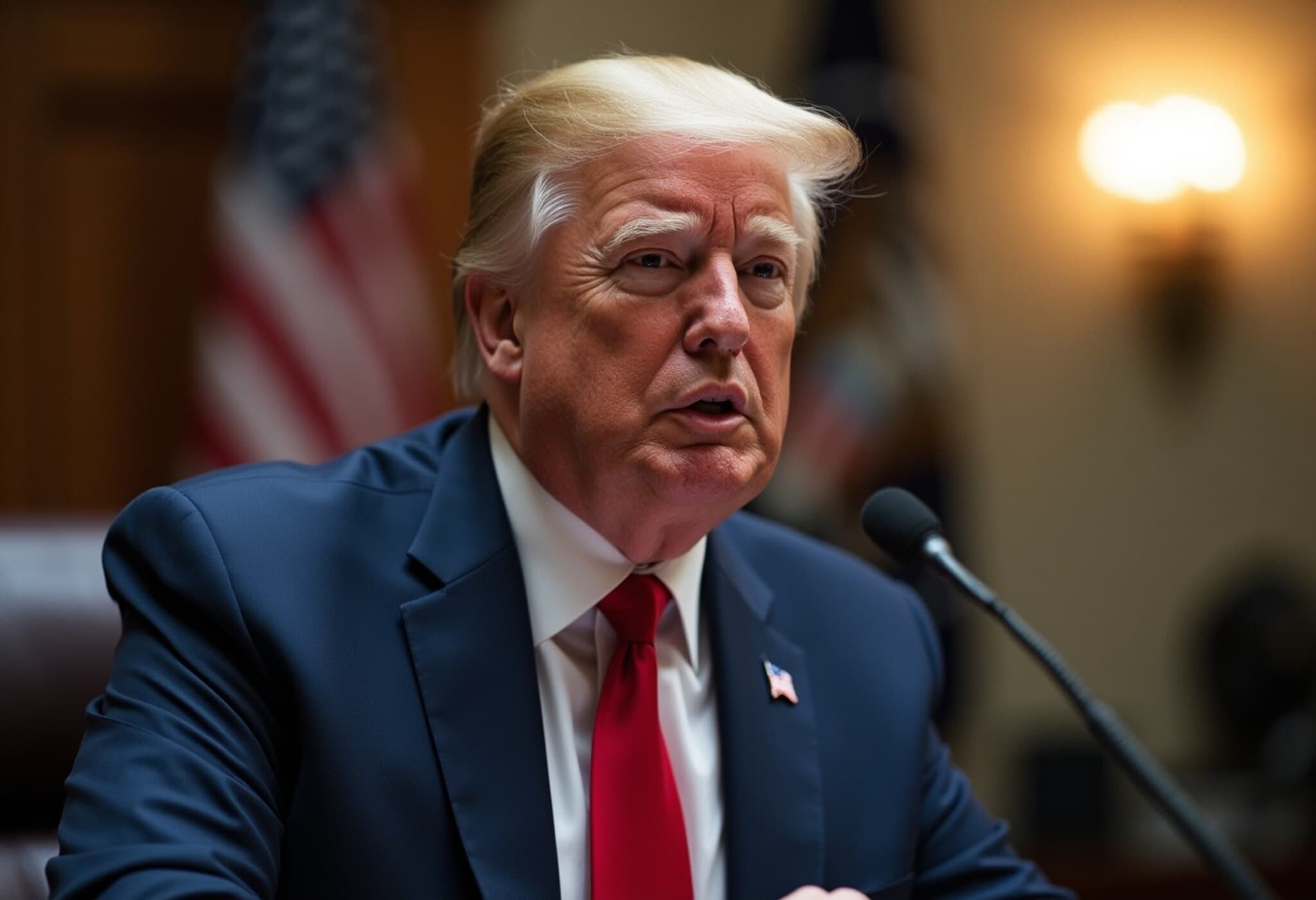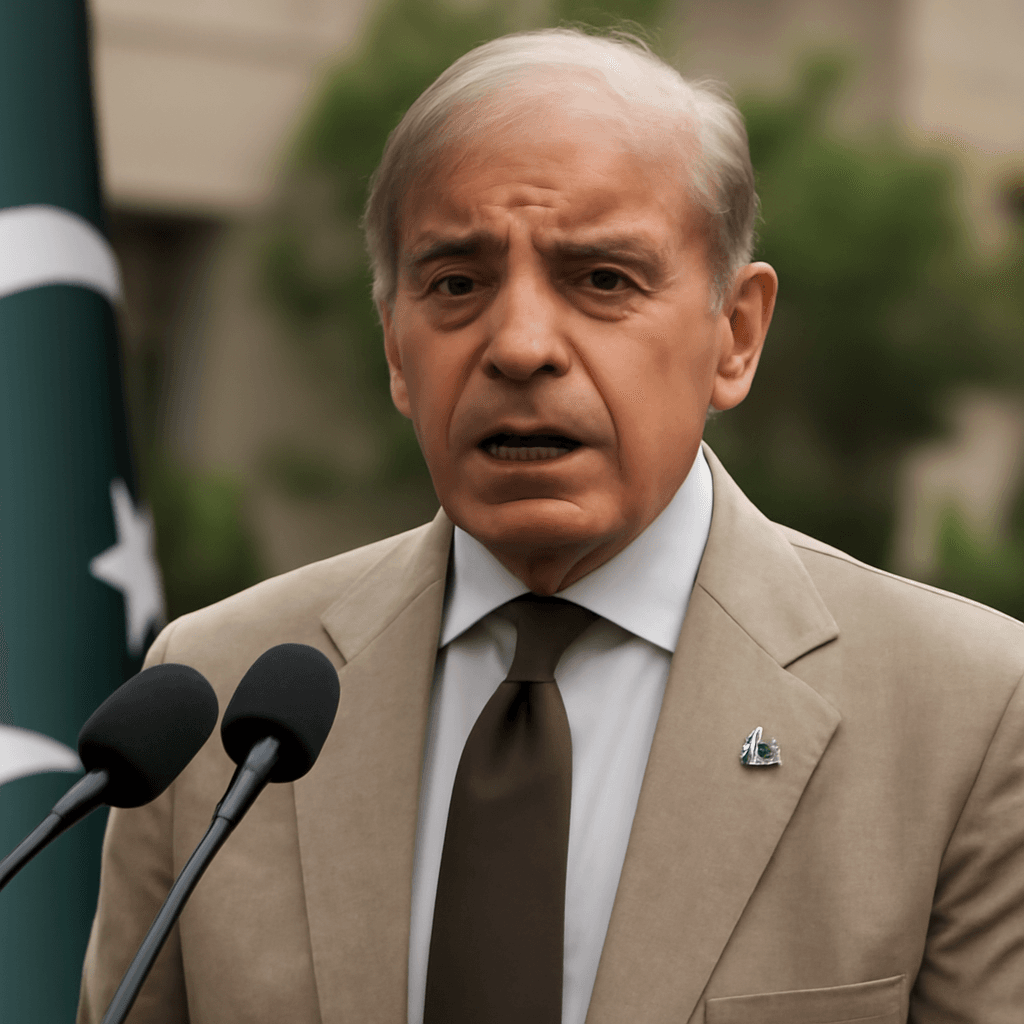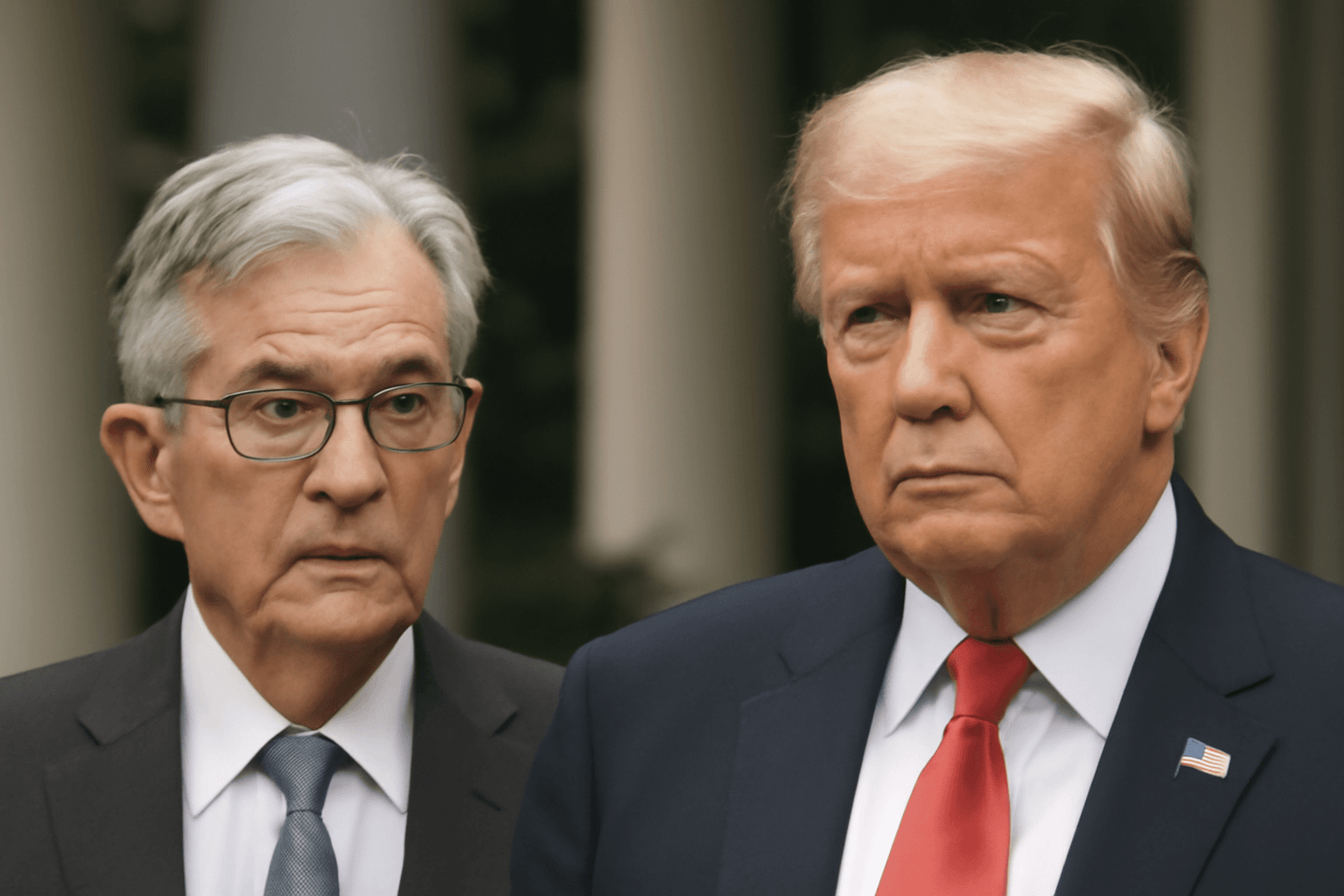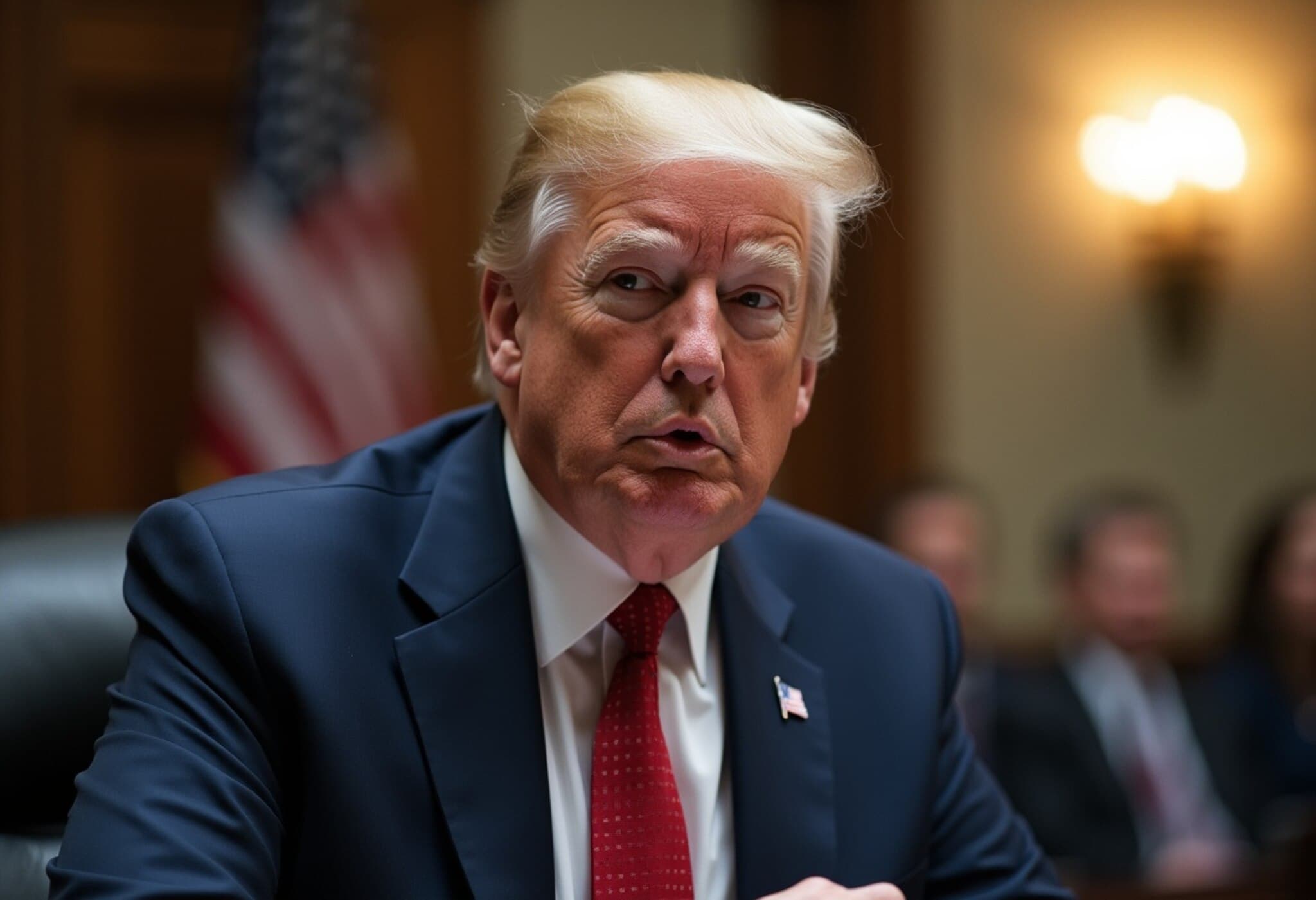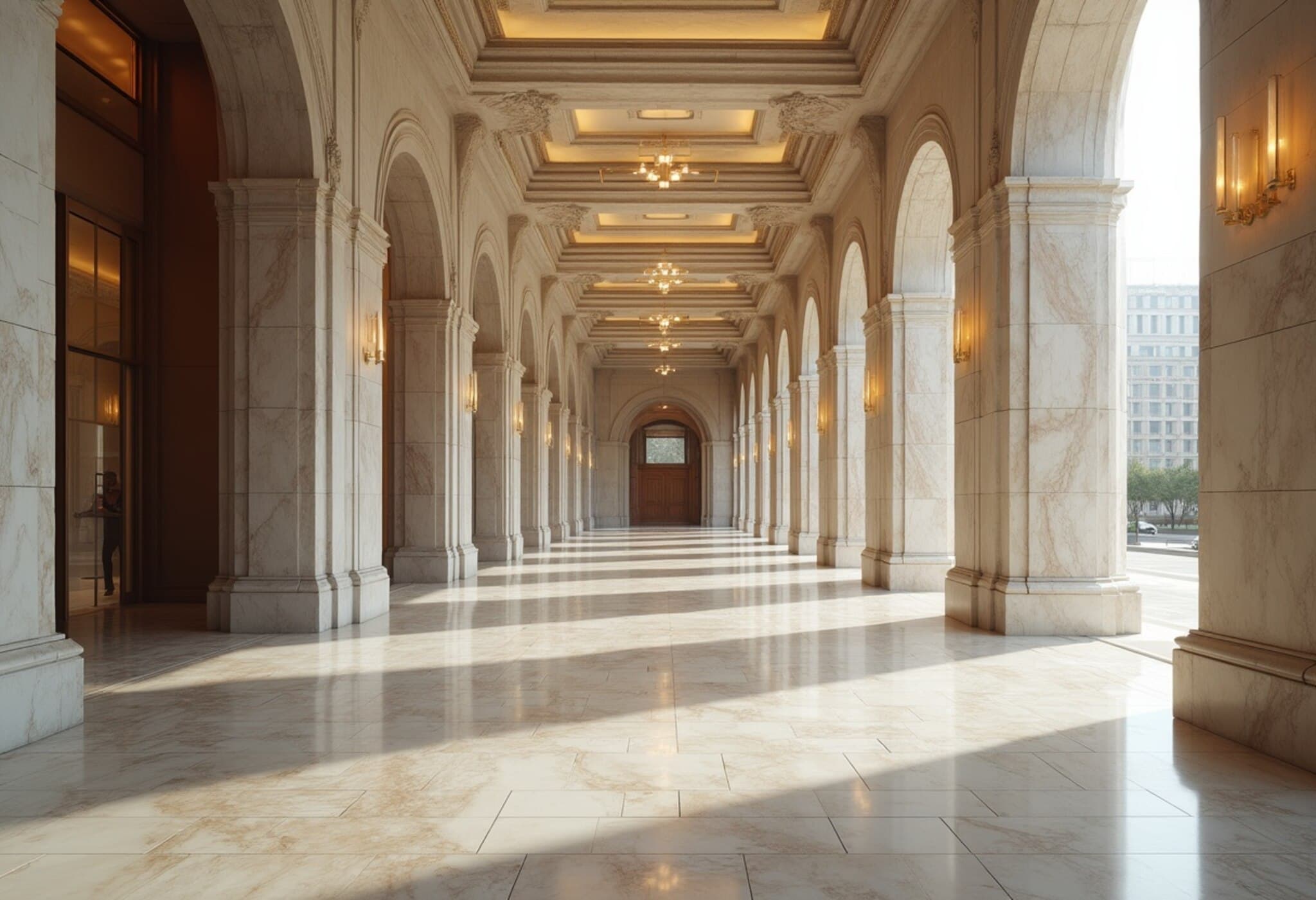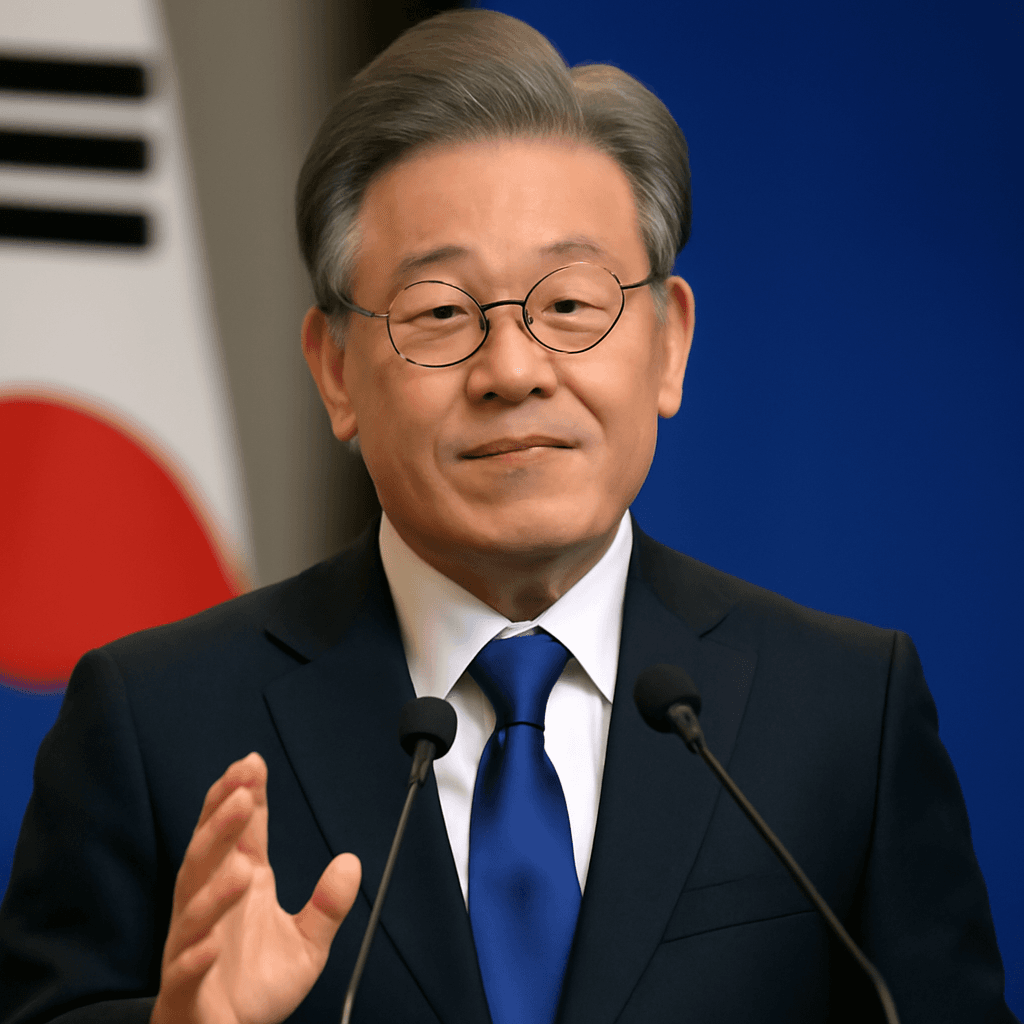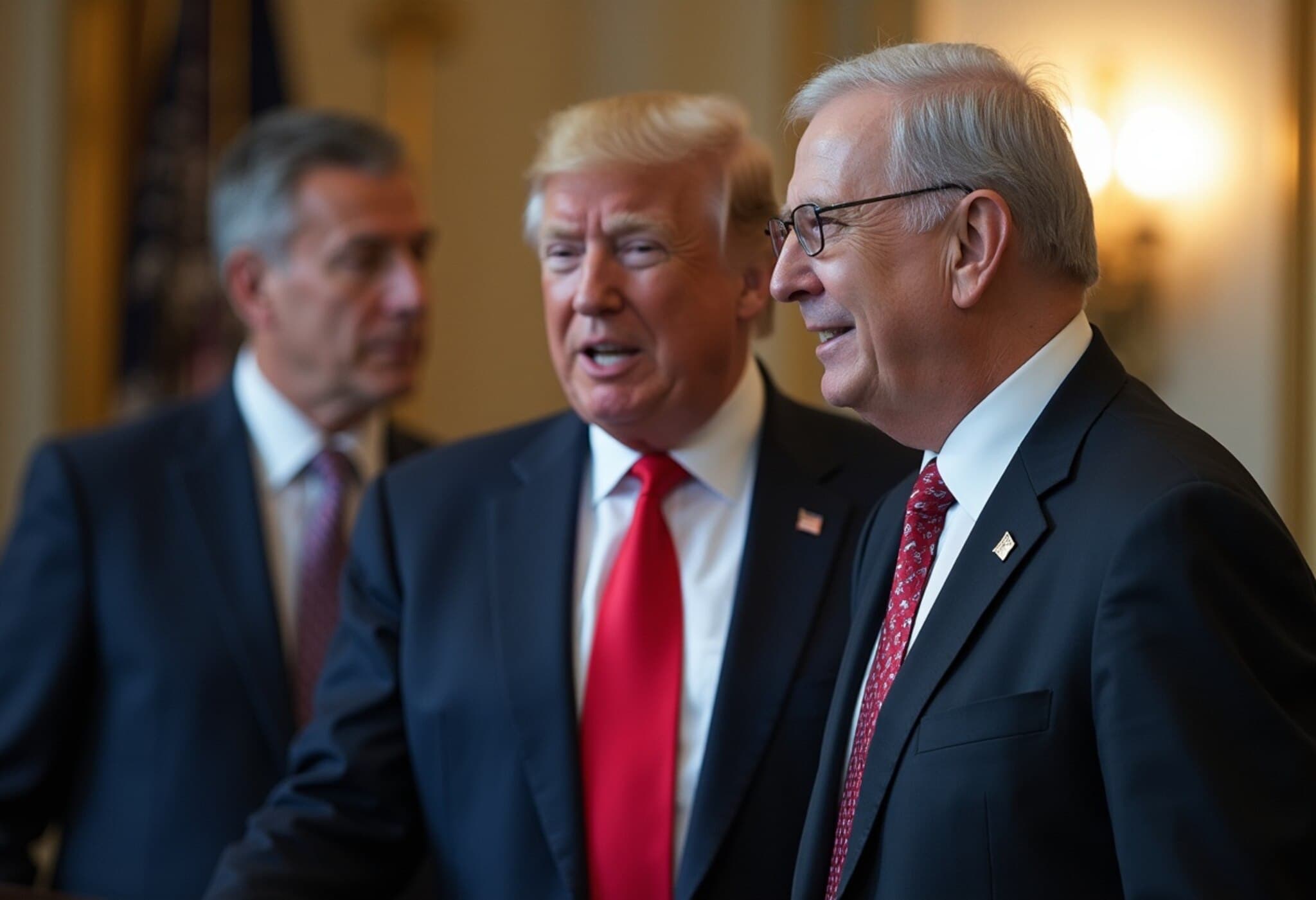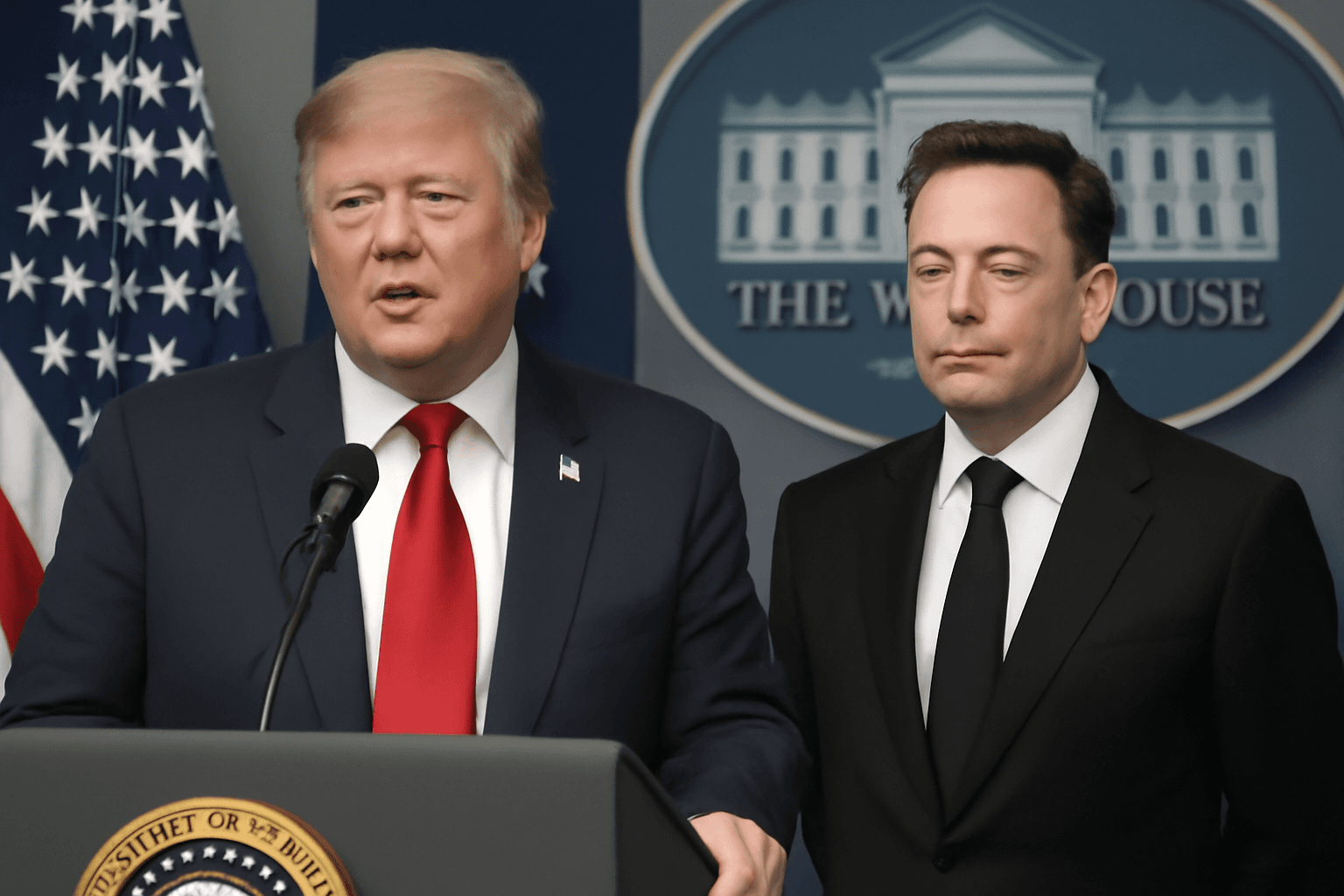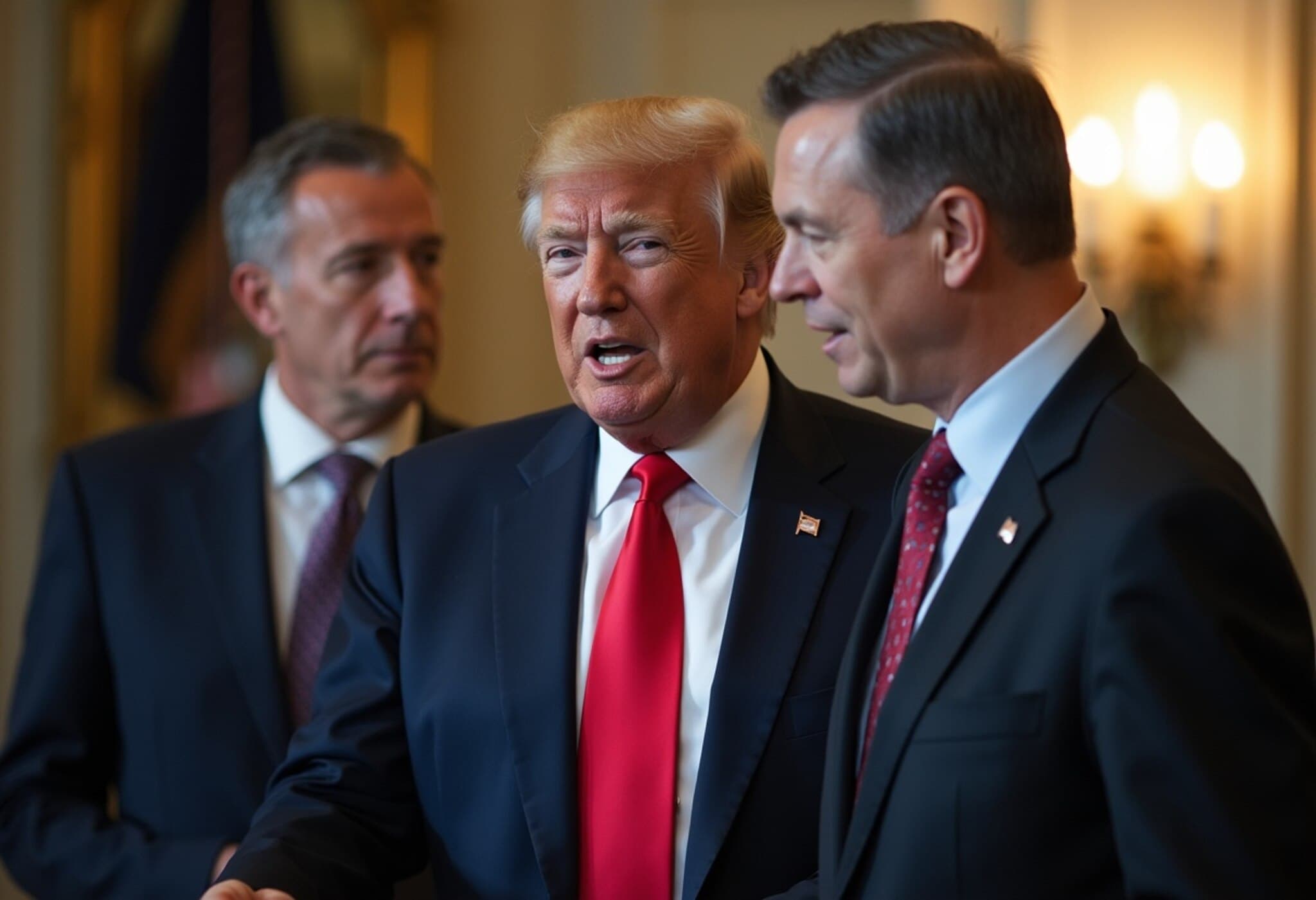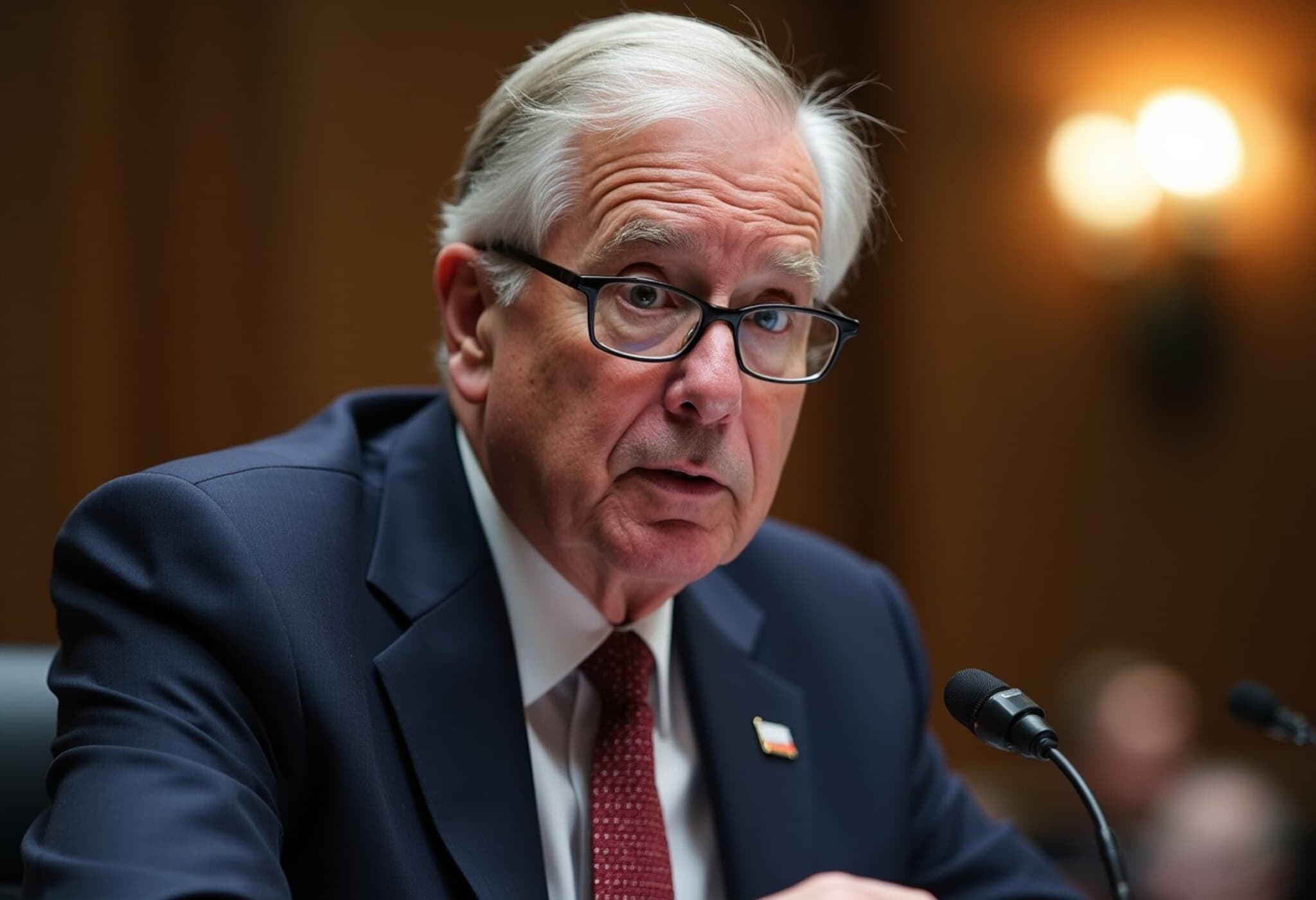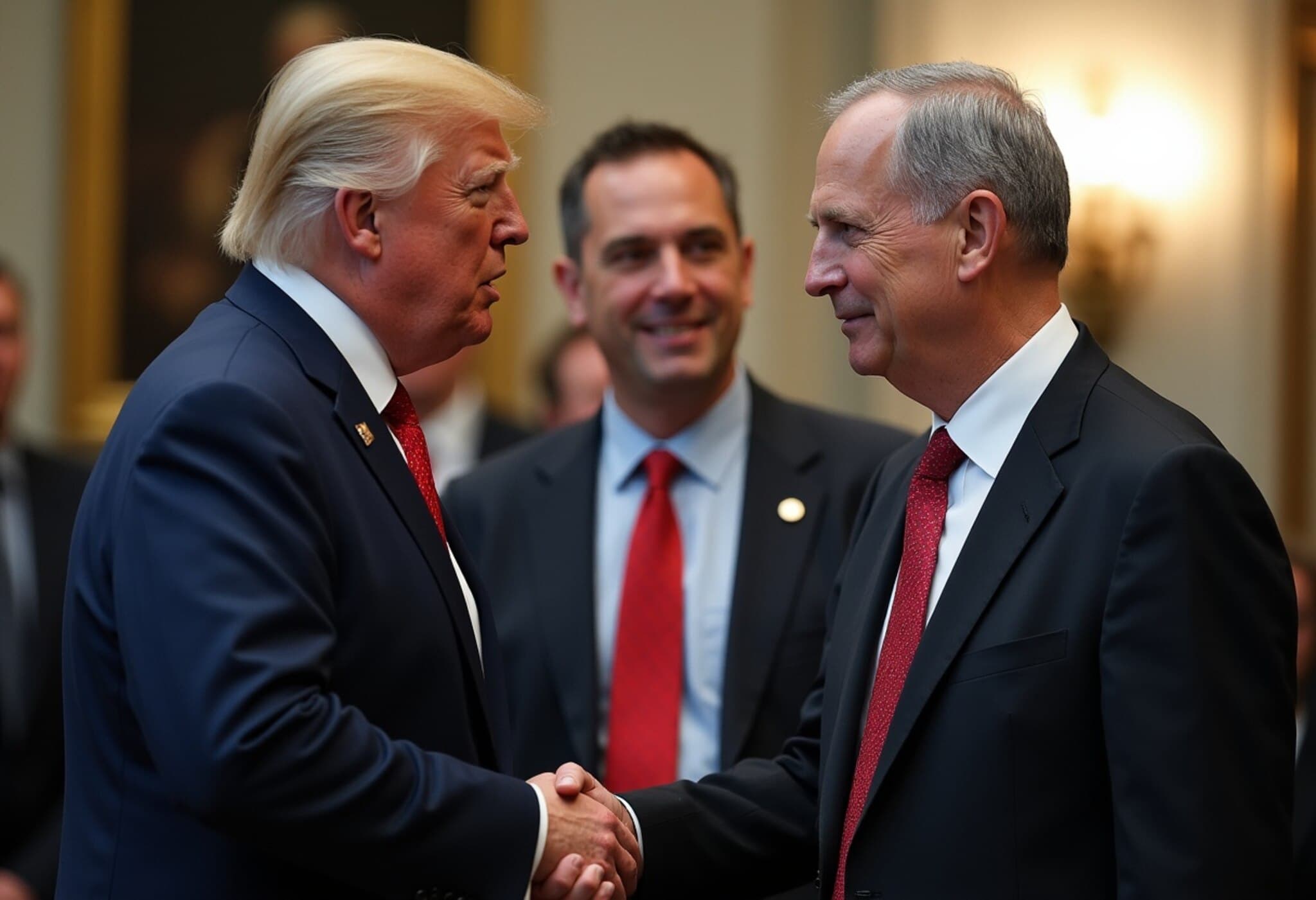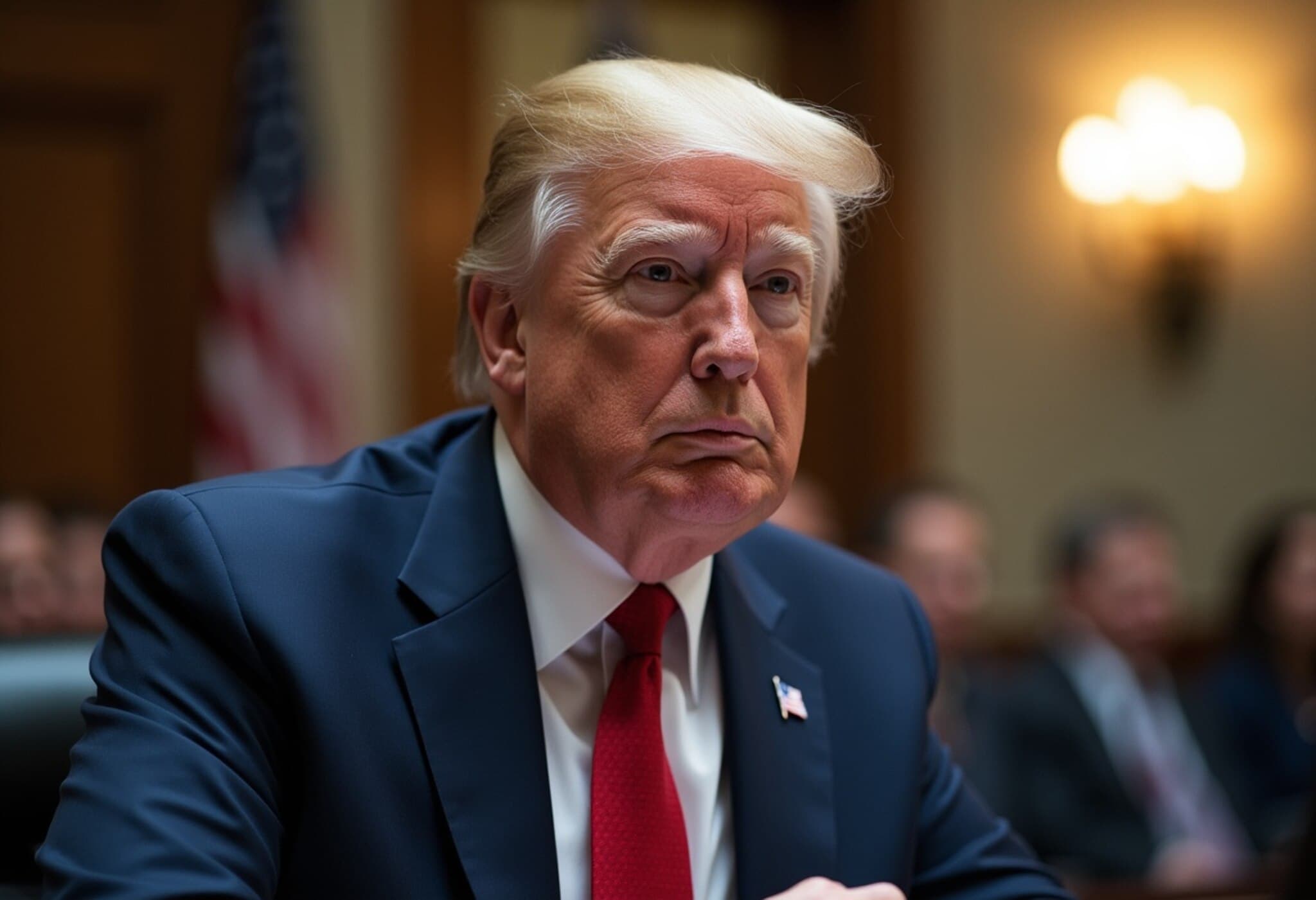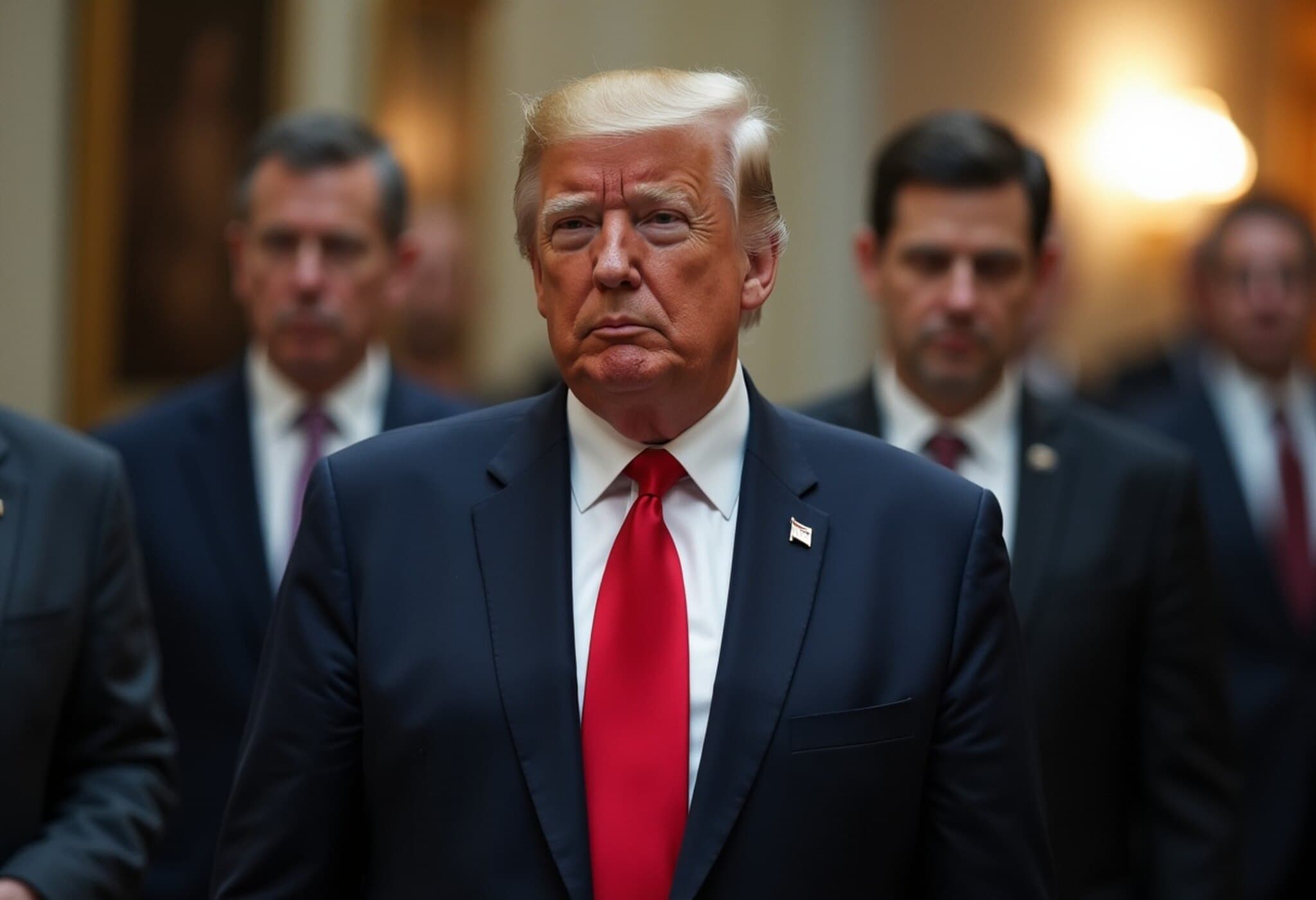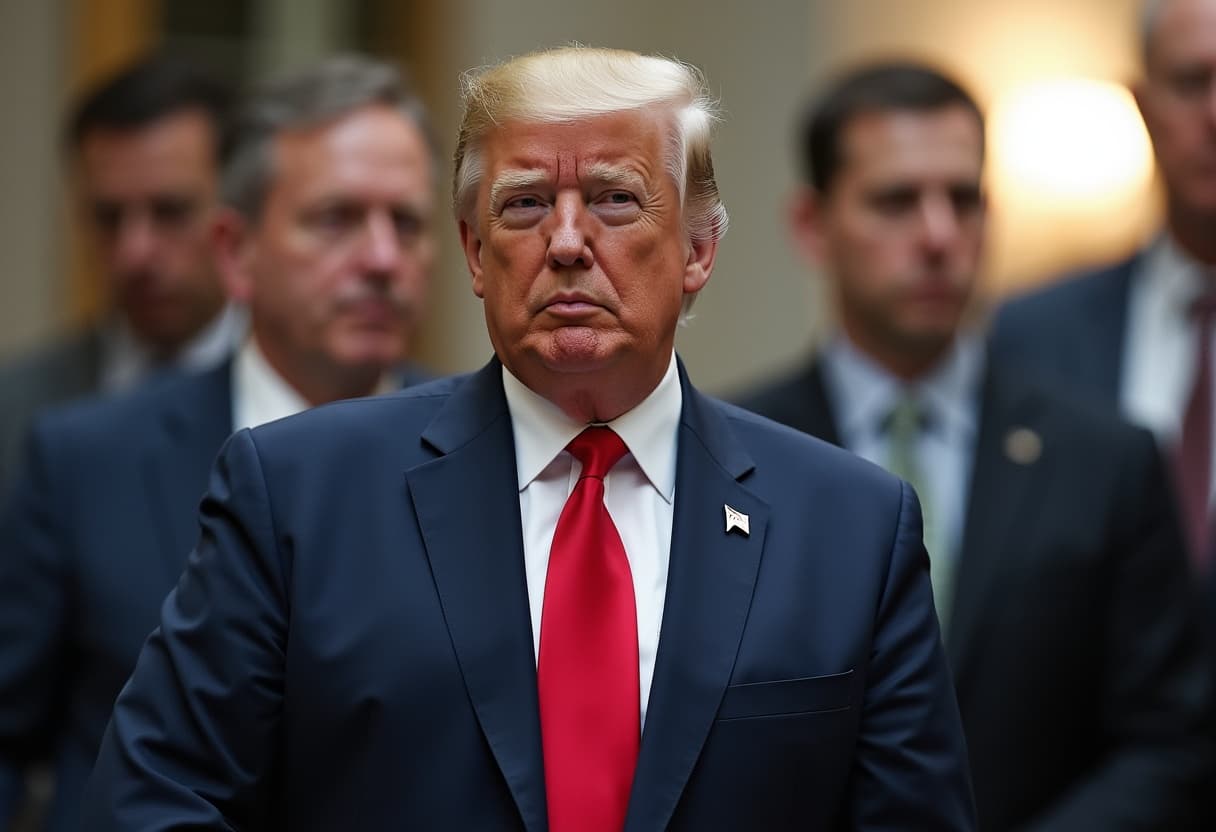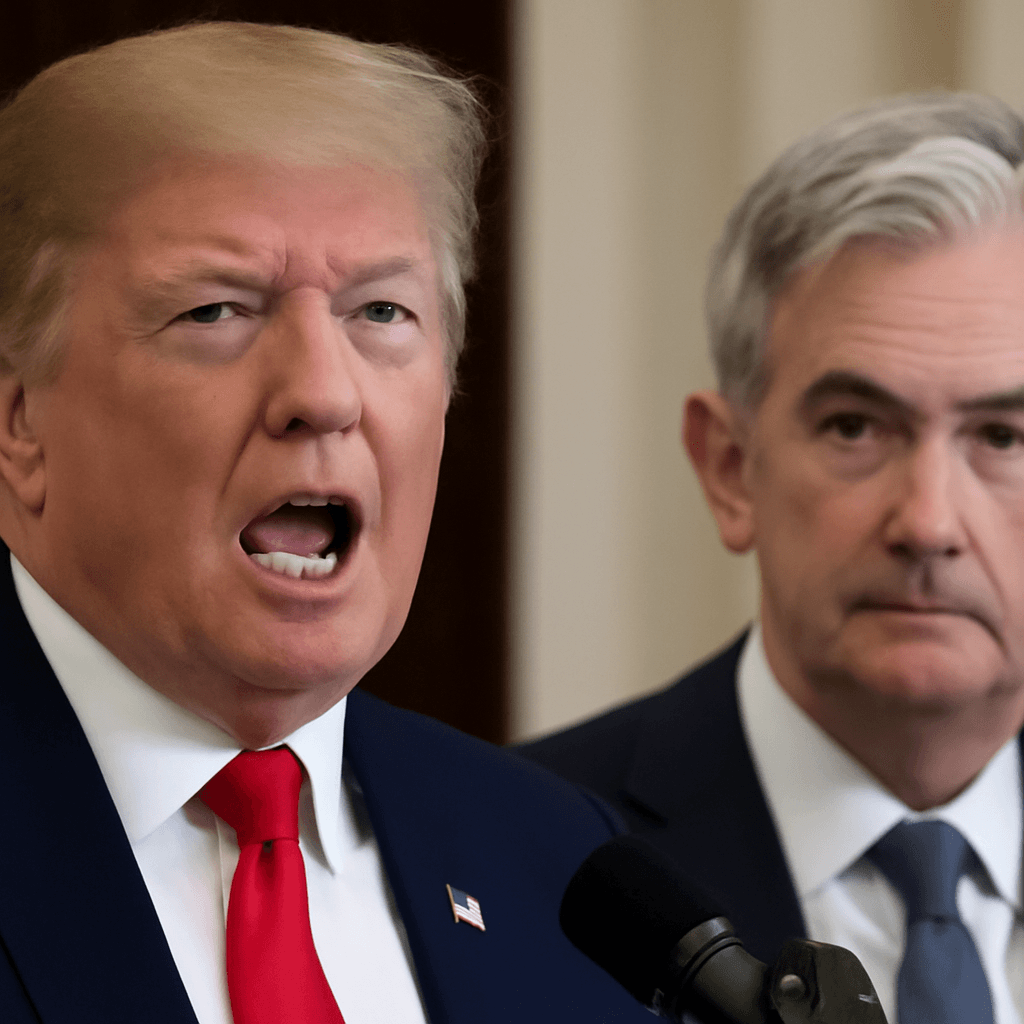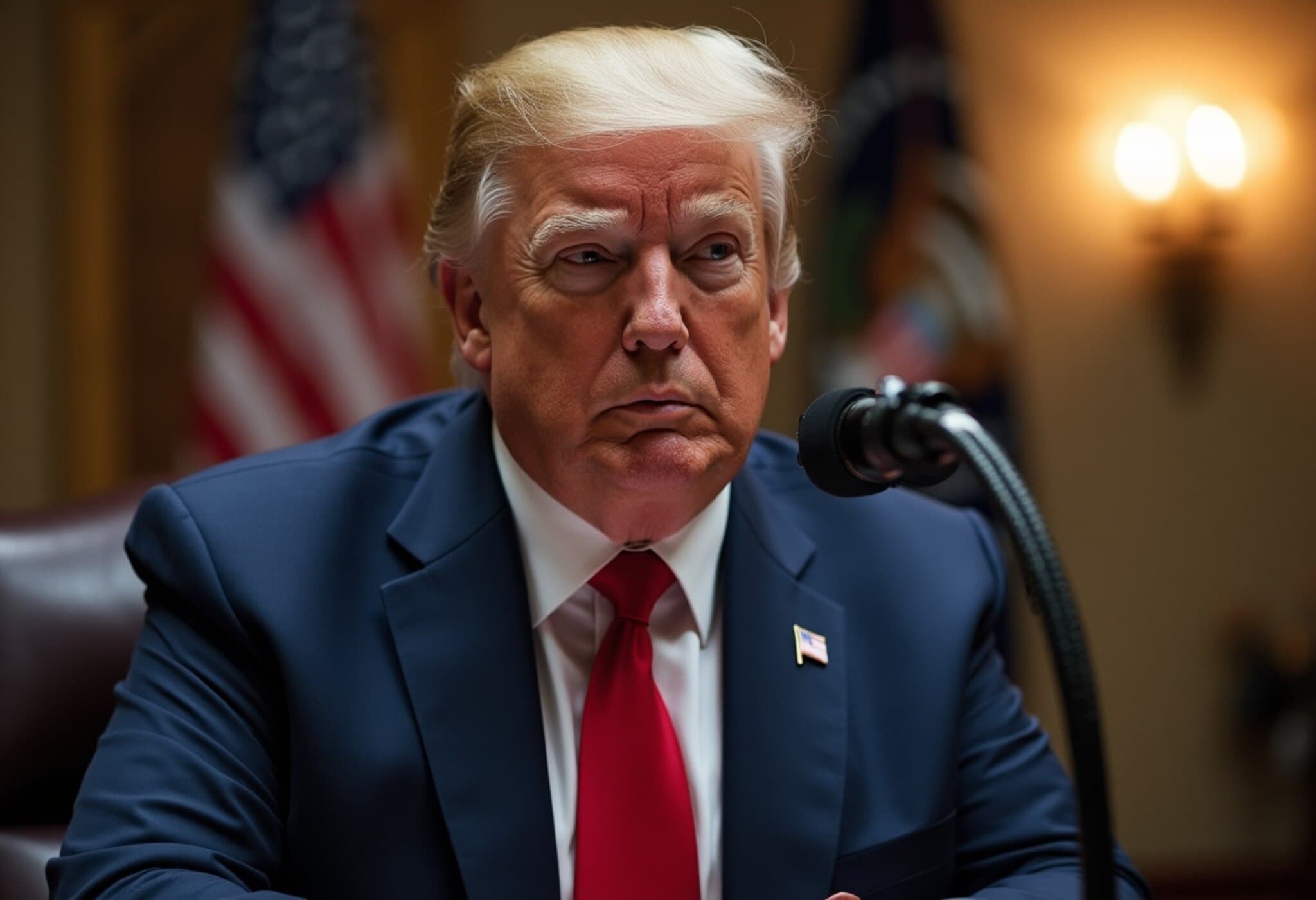Trump Backs Down on Firing Federal Reserve Chair Powell
In a dramatic pivot, former President Donald Trump declared on July 16, 2025, that it is "highly unlikely" he would remove Federal Reserve Chair Jerome Powell from his post—a significant retreat from comments he reportedly made just days prior suggesting otherwise.
Shifting Signals Spark Concerns Over Central Bank's Independence
This change of tone underscores the tension between Trump and Powell, who has maintained a cautious stance on interest rates despite political pressures. Just a day earlier, during a private meeting with Republican lawmakers, Trump reportedly reviewed a draft letter firing Powell and appeared to be leaning toward dismissal.
When pressed by reporters in the Oval Office, Trump stated he "never rules anything out," but emphasized the chances of firing Powell were "highly unlikely"—unless "he has to leave for fraud." This added caveat leaves room for speculation but also signals an attempt to reassure markets and the public.
Why This Matters: Historical and Economic Context
- Federal Reserve Independence: Since its establishment over a century ago, no sitting president has ever fired a Federal Reserve Chair. This tradition preserves the Fed's autonomy in shaping monetary policy free from political interference.
- Market Stability: The mere prospect of Powell’s removal rattled financial markets, raising fears about potential volatility and undermining investor confidence.
- Political vs Economic Priorities: Powell has emphasized that interest rate decisions will be data-driven, not politically motivated, a stance that has occasionally clashed with Trump’s economic narratives.
Expert Insights: The Delicate Balance of Fed and Presidency
Monetary policy experts warn that politicizing the Fed Chair position can erode trust in the U.S. economy’s stability. Dr. Elaine Summers, a senior economist at the Brookings Institution, explains, "The Federal Reserve's credibility is paramount. Repeated threats to remove a Chair based on political disagreement risk damaging the institution's effectiveness and the broader financial system."
Furthermore, market analysts point out that investors crave predictability, and uncertainty about Fed leadership injects risk premiums into asset prices. "Trump's vacillation contributes to market anxiety," says Thomas Greer, a Wall Street strategist.
Underreported Perspectives: Political Motives or Genuine Concerns?
While Trump's public reversal gestures toward moderation, questions linger about underlying motivations. Was the initial inclination to fire Powell grounded in frustration over interest rate hikes? Or are there broader political calculations at play ahead of upcoming elections?
Moreover, the White House's internal deliberations, as reported by Bloomberg and The New York Times, hint at a complex interplay of pressure from Republican lawmakers wishing to align Fed policy with their economic goals.
What Could Happen Next?
- Trump could maintain Powell in office but continue applying indirect pressure through public statements.
- Heightened political scrutiny of Fed decisions may intensify, raising questions about future Fed autonomy.
- Financial markets may remain cautious, closely monitoring any signs of instability within the Federal Reserve leadership.
Conclusion
As the White House walks back previous hints at firing Fed Chair Jerome Powell, this episode underscores the fragile balance between political power and economic stewardship in the United States. The enduring independence of the Federal Reserve remains vital to maintaining market confidence and economic stability in an era marked by heightened political polarization.
Editor's Note
Trump’s fluctuating stance on firing Jerome Powell raises pressing questions about the boundaries of presidential influence over central banking. As American politics grow increasingly partisan, preserving institutions like the Federal Reserve as impartial arbiters of economic policy is more critical than ever. Readers should watch closely whether this episode signals a new norm of political pressure or reaffirms the Fed’s longstanding independence.

